By Film Noir Blonde and Mike Wilmington
The Noir File is FNB’s guide to classic film noir, neo-noir and pre-noir from the schedule of Turner Classic Movies (TCM), which broadcasts them uncut and uninterrupted. The times are Eastern Standard and (Pacific Standard).
Pick of the Week: A Day with Sam Fuller
Tuesday, April 29
Cigar-chewing, ex-New York City newsman Sam Fuller was one of the toughest of all the tough noir directors. He made tough crime thrillers, tough war movies, tough westerns, and even a tough period newspaper drama (“Park Row,” which was his own favorite). Eight of his movies are on tap this Tuesday.
Offhand, we can’t think of another moviemaker who began his scenes and camera takes by firing off a gun, or who ended one picture (“Shock Corridor”) by flooding and destroying his own set and vamoosing from the studio.
Sam Fuller knew what real crooks, cops, Army men and news guys were like, and he encouraged his casts to play it hard, spiky and dark. American film executives were often bewildered by Sam, and so were American film critics. But the French loved him.
Fuller served as a soldier with the famed WWII infantry squadron The Big Red One (which he and star Lee Marvin portrayed, to the hilt, in their 1980 war saga of the same name). And he served as a 20th Century Fox contract writer-director, under the formidable Darryl F. Zanuck, which may have been almost as dangerous.
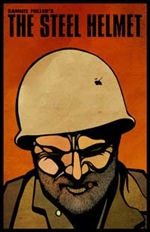 Like Don Siegel and Phil Karlson, Fuller was one of the masters of B-budgets, though he did all right with a few “As” too, including “The Big Red One,” and the Venice Film Festival prize winner (with Richard Widmark), “Pickup on South Street.” He never made anything soft and he never made anything that put you to sleep.
Like Don Siegel and Phil Karlson, Fuller was one of the masters of B-budgets, though he did all right with a few “As” too, including “The Big Red One,” and the Venice Film Festival prize winner (with Richard Widmark), “Pickup on South Street.” He never made anything soft and he never made anything that put you to sleep.
7:15 a.m. (4:15 a.m.): “I Shot Jesse James” (1949, Samuel Fuller). With John Ireland, Preston Foster and Barbara Britton. Reviewed in FNB on July 13, 2012.
8:45 a.m. (5:45 a.m.): “The Baron of Arizona” (1950, Fuller). Vincent Price at his slickest, suavest and meanest, playing a real-life Arizona land-grabber who almost stole the whole state.
10:30 a.m. (7:30 a.m.): “The Steel Helmet” (1951, Fuller). A very dark, grim and relentless Korean war movie, about a platoon under fire bivouacked in a Buddhist temple, led by a hard-case sergeant named Zack (Gene Evans). One of the few times Fuller had most of the critics in his corner; “The Steel Helmet” is a B-movie classic. With Steve Brodie, James Edwards and Robert Hutton.
12 p.m. (9 a.m.): “Run of the Arrow” (1957, Fuller). The Civil War is over. Southern rebel survivor Rod Steiger is in Sioux country out west, trying to survive. This film and Forty Guns (with Barbara Stanwyck as a tough cattle queen) are Fuller’s best westerns, though “Run of the Arrow” has the stronger cast. Besides Steiger, who affects an outrageous Irish- Confederate brogue, there’s Charley Bronson, Brian Keith, Ralph Meeker, Sarita Montiel and Jay C. Flippen.
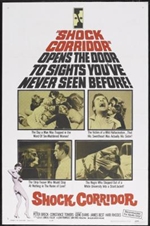 1:30 p.m. (10:30 a.m.): “Verboten!” (1958, Fuller). James Best, who usually plays sensitive cowboys, is a nosey yank soldier in post-war Germany, whose German girlfriend (Susan Cummings) leads him to a secret neo-Nazi group.
1:30 p.m. (10:30 a.m.): “Verboten!” (1958, Fuller). James Best, who usually plays sensitive cowboys, is a nosey yank soldier in post-war Germany, whose German girlfriend (Susan Cummings) leads him to a secret neo-Nazi group.
3 p.m. (12 p.m.): “Merrill’s Marauders” (1962, Fuller). Jeff Chandler, in his last movie, plays the real-life WW2 hero General Frank Merrill of the famed Merrill’s Marauders — fighting and suffering in the Burmese jungles, in what’s probably Fuller’s most conventional war picture. But it’s a good one anyway. Chandler is backed by much of the Warner Brothers TV Western repertory troupe: Claude Akins, Andrew Duggan, Ty Hardin, Will Hutchins and Peter Brown.
4: 45 p.m. (1:45 p.m.): “Shock Corridor” (1963, Fuller). With Peter Breck, Constance Towers, Gene Evans, James Edwards and Larry Tucker. Reviewed in FNB on Nov. 16, 2011.
6:30 p.m. (3:30 p.m.): “The Naked Kiss” (1964, Fuller). With Constance Towers, Anthony Eisley, Virginia Grey, Michael Dante, and Patsy Kelly. Reviewed in FNB on Jan. 16, 2012. [Read more…]
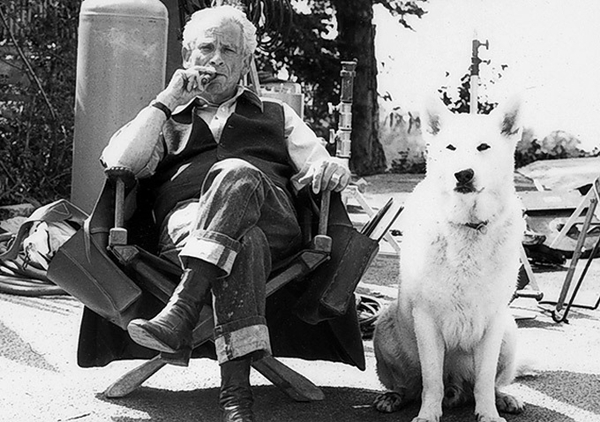





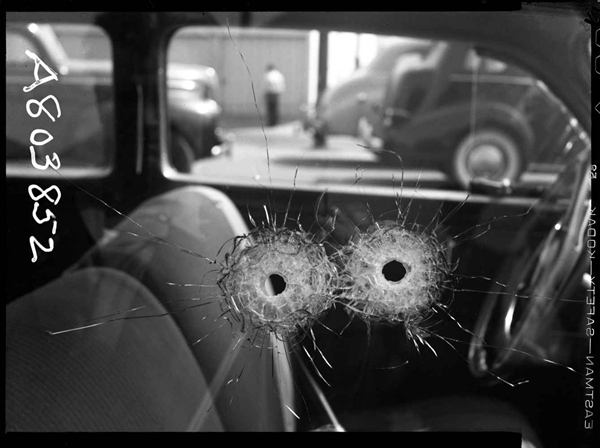
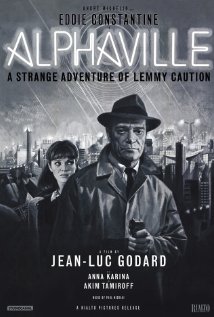
![coloca-logo5[1]](http://www.filmnoirblonde.com/wp-content/uploads/2014/04/coloca-logo51.png)
![our-heroes[1]](http://www.filmnoirblonde.com/wp-content/uploads/2014/04/our-heroes1.jpg)
![le-dernier-diamant[1]](http://www.filmnoirblonde.com/wp-content/uploads/2014/04/le-dernier-diamant1.jpg)
![amourcrime[1]](http://www.filmnoirblonde.com/wp-content/uploads/2014/04/amourcrime1.jpg)
![venus-in-fur[1]](http://www.filmnoirblonde.com/wp-content/uploads/2014/04/venus-in-fur1.jpg)
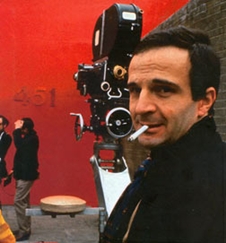
![la-belle-et-la-bete[1]](http://www.filmnoirblonde.com/wp-content/uploads/2014/04/la-belle-et-la-bete1.jpg)
![the-murderer-lives[1]](http://www.filmnoirblonde.com/wp-content/uploads/2014/04/the-murderer-lives1.jpg)
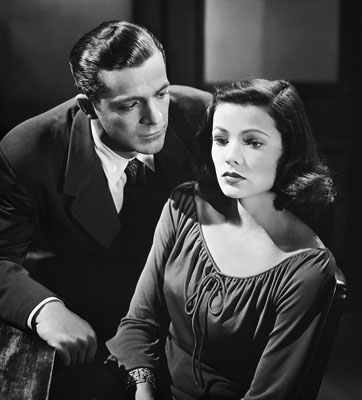
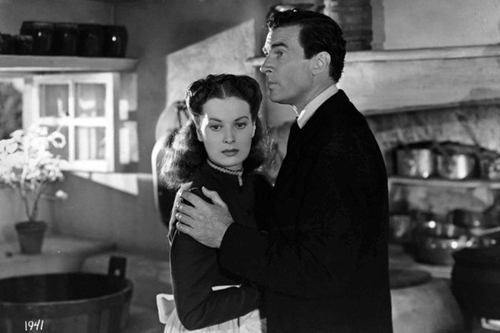
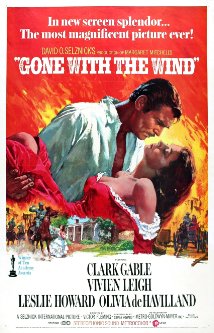
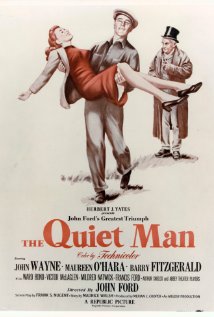
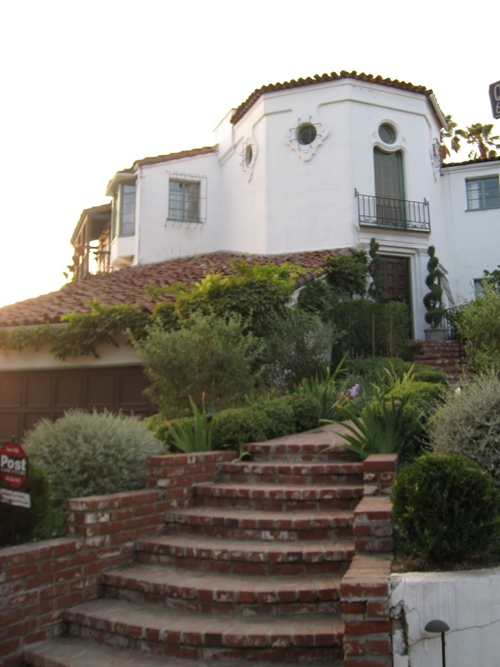
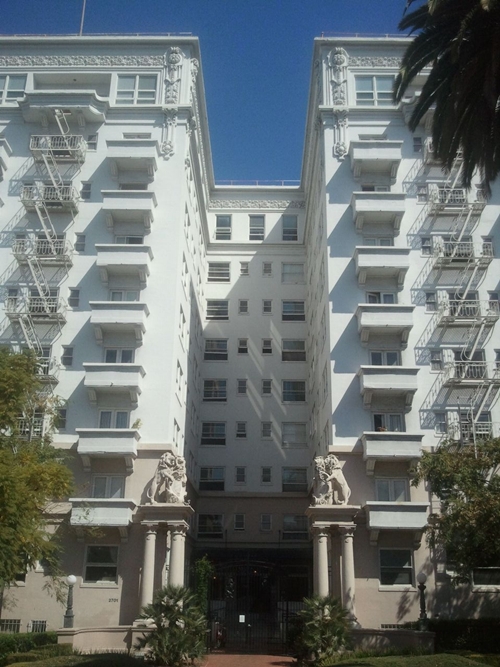
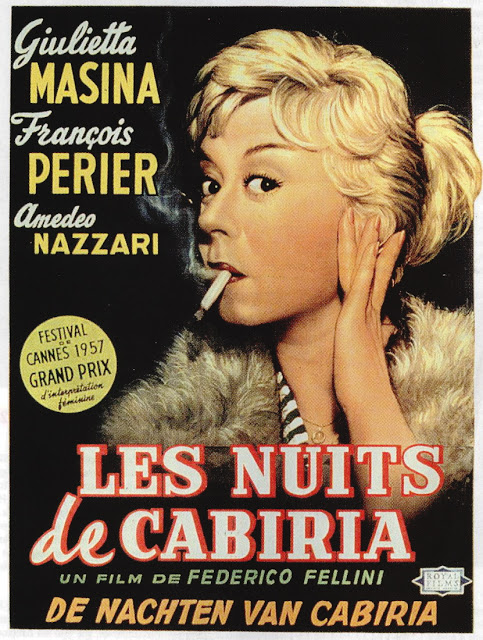
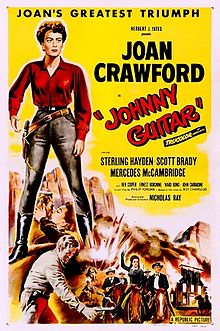
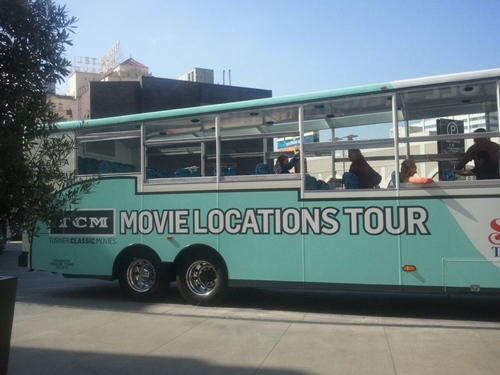

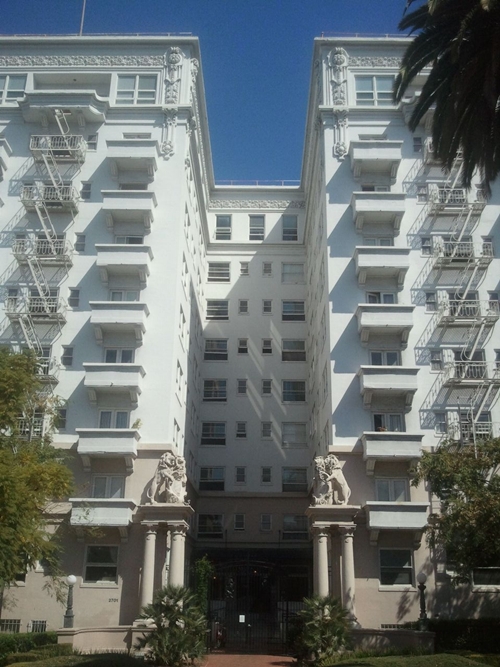
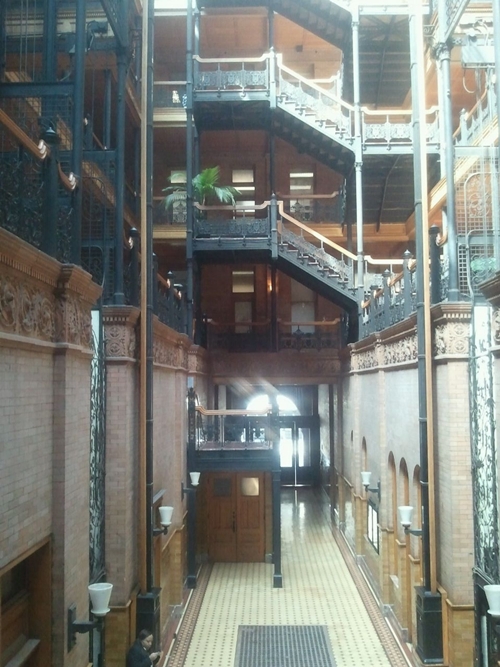
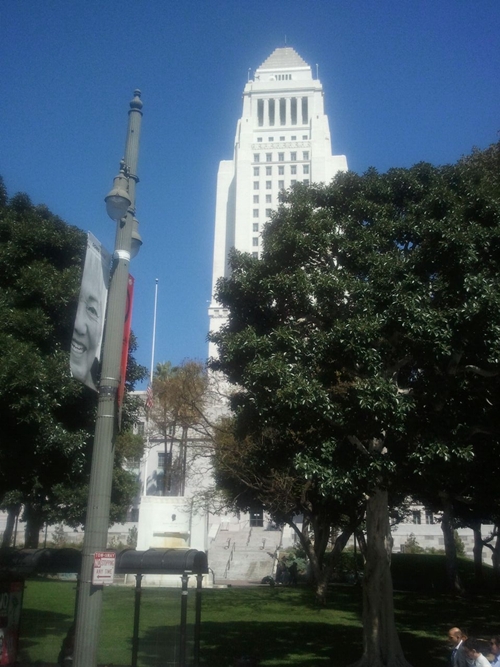

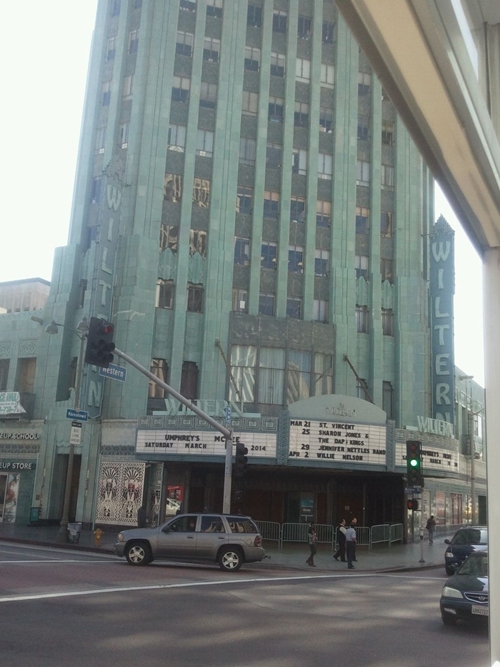
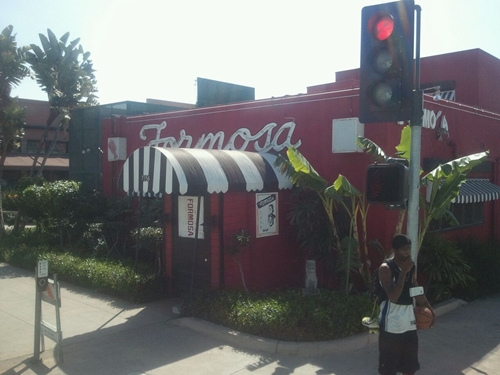
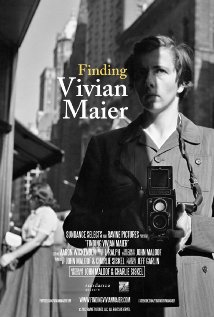
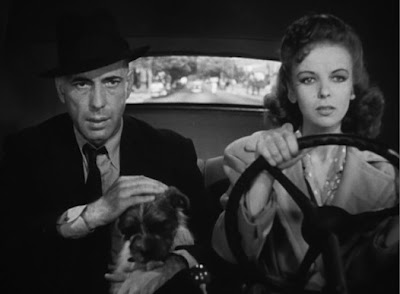
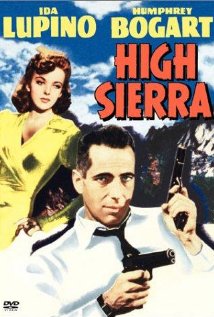





From FNB readers